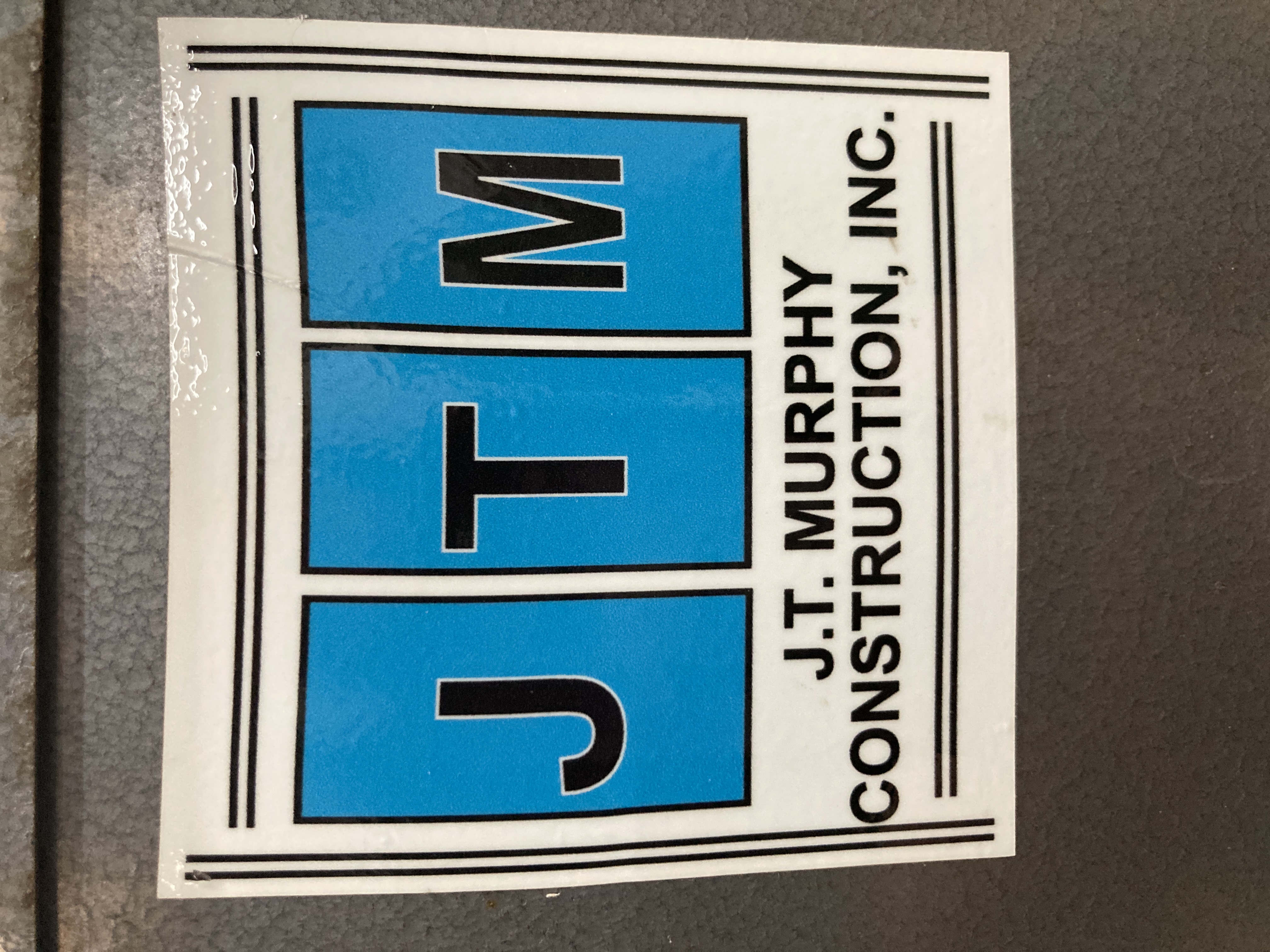Title Page
-
Site conducted
-
Conducted on
-
Prepared by
Checklist
GENERAL
-
Review area items on hazard register, any past date or require action/ support to complete?
-
Do staff report any concerns or ideas for improvement in the area? [Talk to at least 3 staff]
-
Is the general area clear and free from obstruction, spills or debris that might be a hazard to pedestrians or vehicles e.g., water, dust or oil making ground slippery.
-
Supervisor completed weekly area checks; operators completed daily equipment pre-starts [sample equipment]
-
Are vehicles and pedestrian segregations used correctly e.g., per traffic mgt plan
-
Lights clean and working correctly e.g., not flickering
-
Workers using PPE e.g., per area and task signage, and training/ instruction.
-
All safety signage is in good condition e.g., restrictive area and traffic management signage, exit signage illuminated
-
Fire extinguishers or hose reels mounted, sign-posted and accessible
-
Emergency exits free from obstructions and clearly marked
-
First aid kit(s) provided & location clearly sign-posted
-
Safety Notice board clean and up to date material?
-
Toolbox talks displayed on notice board? List last talk topic:
-
Are any pedestrian/ travel routes through warehouse clearly indicated and obeyed?
MOBILE PLANT & EQUIPTMENT
-
Pre-start check for mobile plant conducted daily, with records maintained
-
Mobile plant in good condition e.g., seat belt functions, no broken lights
-
Traffic routes not obstructed, damaged or contain substances that could become a hazard e.g., oil or dust making slippery
-
Designated parking areas clearly marked and unobstructed
-
Lifting equipment and attachments checked with no signs of damage, SWL visible and manufacturers plaque legible.
-
Access to danger/ tag out equipment in area.
CHEMICALS
-
All chemicals labelled clearly
-
SDS available for all chemicals, and included on chemical register [sample at least 3 chemicals]
-
Spill containment equipment available and stocked
LOADING & UNLOADING AREA
-
Site Loading Rules displayed at driver safety zone, and location of vehicle delivery.
-
Only authorized persons unloading trucks on site [observe and ask staff]
-
Vehicle delivery, if off-site e.g., on side-road designated area established, and spotter used if busy street – delivery company following agreed safe procedure.
STORAGE & RACKING
-
Mezzanine area: Goods in mezzanine floor properly secured
-
Racking check completed at least quarterly per Section 23 Special Hazards – Racking Checklist.
-
Racking, pallets and shelving in good condition (no signs of damage, bowing or cracks) with goods properly stacked and secured when stored above shoulder height e.g. wrapped
-
Racking signage in good condition and racks loaded within listed capacity [sample at least 2 bays]
-
Yard storage; racking and housekeeping in good condition, no signs of overloading or damage.
-
Trolleys; stored away when not in use, in good condition, check wheels and handles.
WORK ENVIRONMENT/TOOLS
-
Manual aids in good condition and used by workers appropriately
-
Ladders stored in designated area, restricted use, and in good condition e.g. no cracks, bending in rungs or signs of damage.
-
Do any staff experiencing physical difficult with tasks or finding manual aids inadequate/not available when needed. Ask staff.
-
Lifting equipment SWL and manufactures plaque clearly visible, within service date (per manufacturers recommendations)
-
CORRECTIVE ACTIONS
Any identified deficiencies shall be communicated to the management team and where not immediately rectifiable listed on the risk action register.









